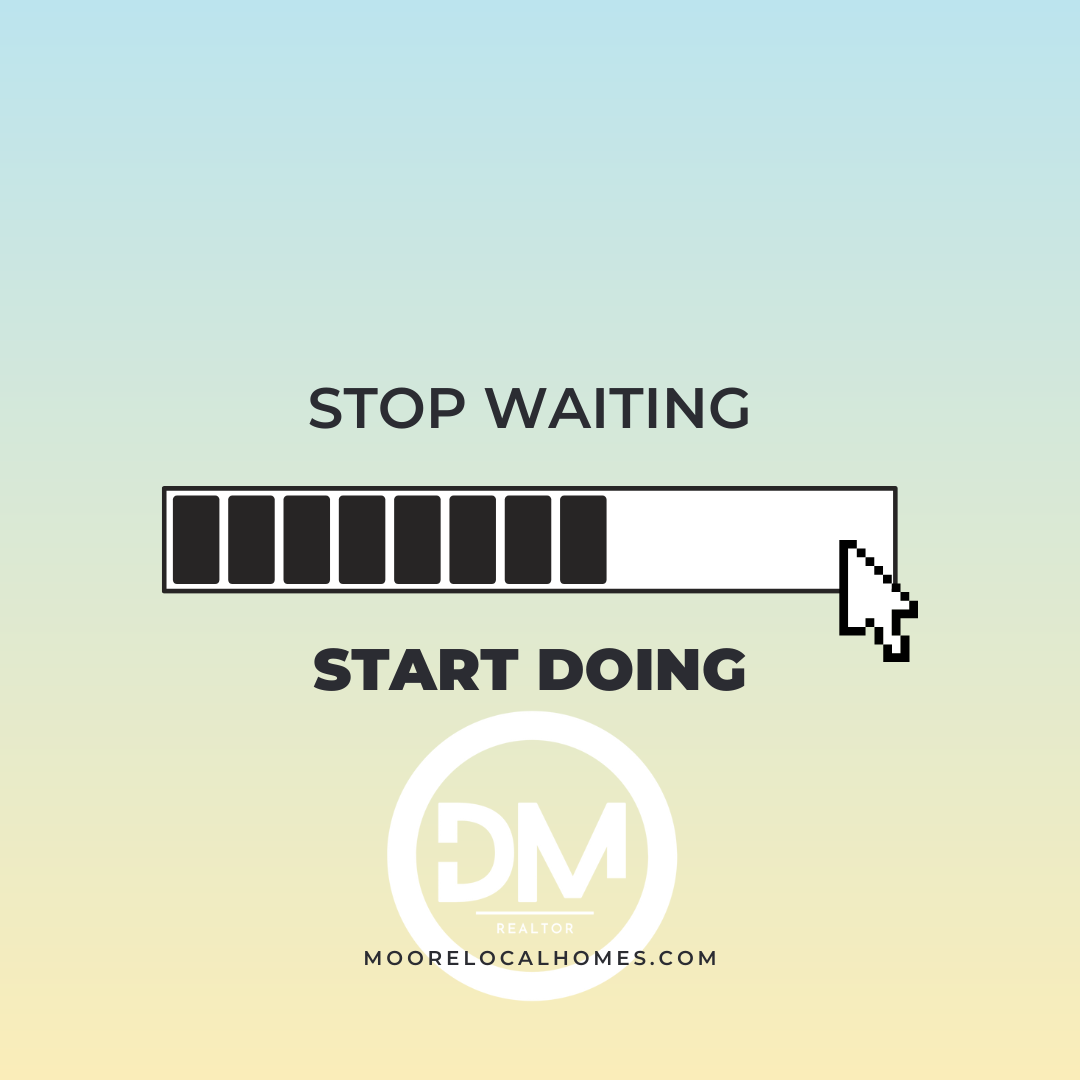Buying a home is one of the most significant financial decisions a person can make. It involves careful planning, substantial investment, and a considerable amount of research. One crucial factor that homebuyers often overlook is the impact of interest rates on the cost of their dream home. Interest rates can significantly affect the overall price of a property, making the timing of your purchase a critical consideration. In this article, we will explore the cost of waiting to buy a home based on interest rates and why it is essential to stay informed about market trends.
The Dynamic Relationship Between Interest Rates and Home Prices
Interest rates play a vital role in the housing market. When interest rates are low, borrowing money becomes cheaper, which increases affordability for potential homebuyers. This often leads to higher demand for homes, which, in turn, drives up prices due to increased competition. Conversely, when interest rates are high, borrowing costs rise, resulting in reduced demand and subsequently lower home prices.
The Cost of Waiting
For many potential homebuyers, waiting might seem like a prudent decision, especially when the market is experiencing high prices. However, waiting for the “right time” can be a double-edged sword. While delaying a purchase might save you money upfront, it could lead to a higher overall cost due to increased interest rates.
Let’s consider an example to illustrate this point. Suppose you plan to buy a $300,000 home and take out a 30-year fixed-rate mortgage with a 20% down payment. If you secure a mortgage with an interest rate of 3.5%, your monthly mortgage payment (excluding taxes and insurance) would be approximately $1,078.
Now, imagine that you decide to wait for a year or two because you believe that home prices will decrease. However, during that time, interest rates rise to 5%. Your monthly mortgage payment would now be around $1,288, a difference of $210 per month compared to the previous rate. Over the life of the loan, that’s an extra $75,600 in interest payments!
Opportunity Cost of Waiting
Aside from the direct cost of increased interest rates, there is also the opportunity cost of waiting to buy a home. While you delay your purchase, you continue paying rent or staying in your current property, potentially missing out on building equity in your own home. Additionally, during periods of high demand and rising prices, the value of homes may appreciate at a faster rate than the interest you would save by waiting.
Mitigating Strategies
Of course, it is essential to make a well-informed decision based on your personal financial situation and market conditions. Here are some strategies to consider:
- Locking in a Low Rate: If you find an interest rate that fits your budget and is considered low relative to historical averages, consider locking it in with a fixed-rate mortgage to protect yourself from potential rate hikes in the future.
- Flexible Homebuying: Instead of waiting for the perfect time to buy, be flexible with your expectations. Consider different neighborhoods, property types, or home sizes to find opportunities that align with your budget.
- Refinancing Options: If you have already purchased a home with a higher interest rate, keep an eye on the market. If interest rates drop significantly, consider refinancing your mortgage to take advantage of the lower rates.
The cost of waiting to buy a home based on interest rates can be substantial. While it is essential to be financially prepared and carefully assess your options, timing the market perfectly is challenging, if not impossible. Interest rates fluctuate, and so do home prices. The key is to strike a balance between your budget, market conditions, and personal preferences. Ultimately, homeownership is about finding a place to call your own, build equity, and create lasting memories. So, focus on finding a home that meets your needs, and remember that interest rates are just one piece of the puzzle.

 Facebook
Facebook
 X
X
 Pinterest
Pinterest
 Copy Link
Copy Link
